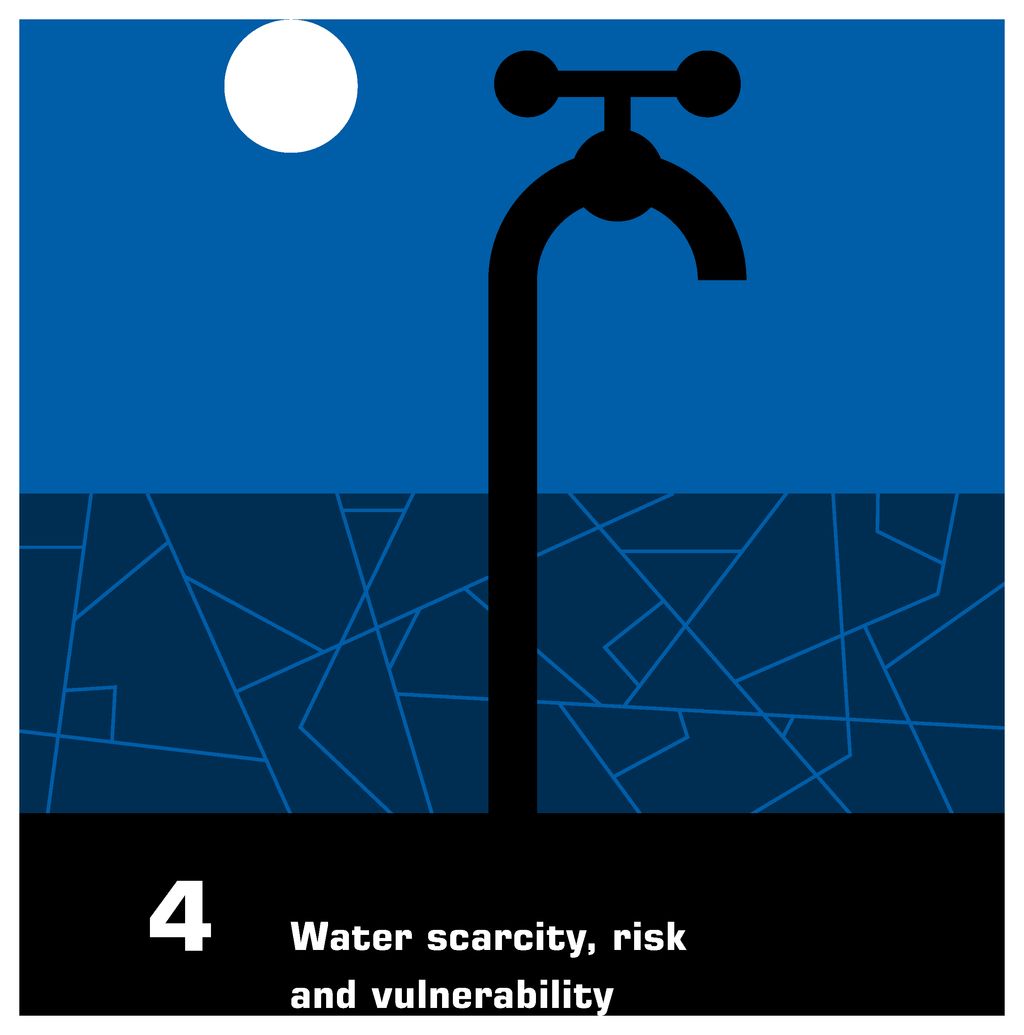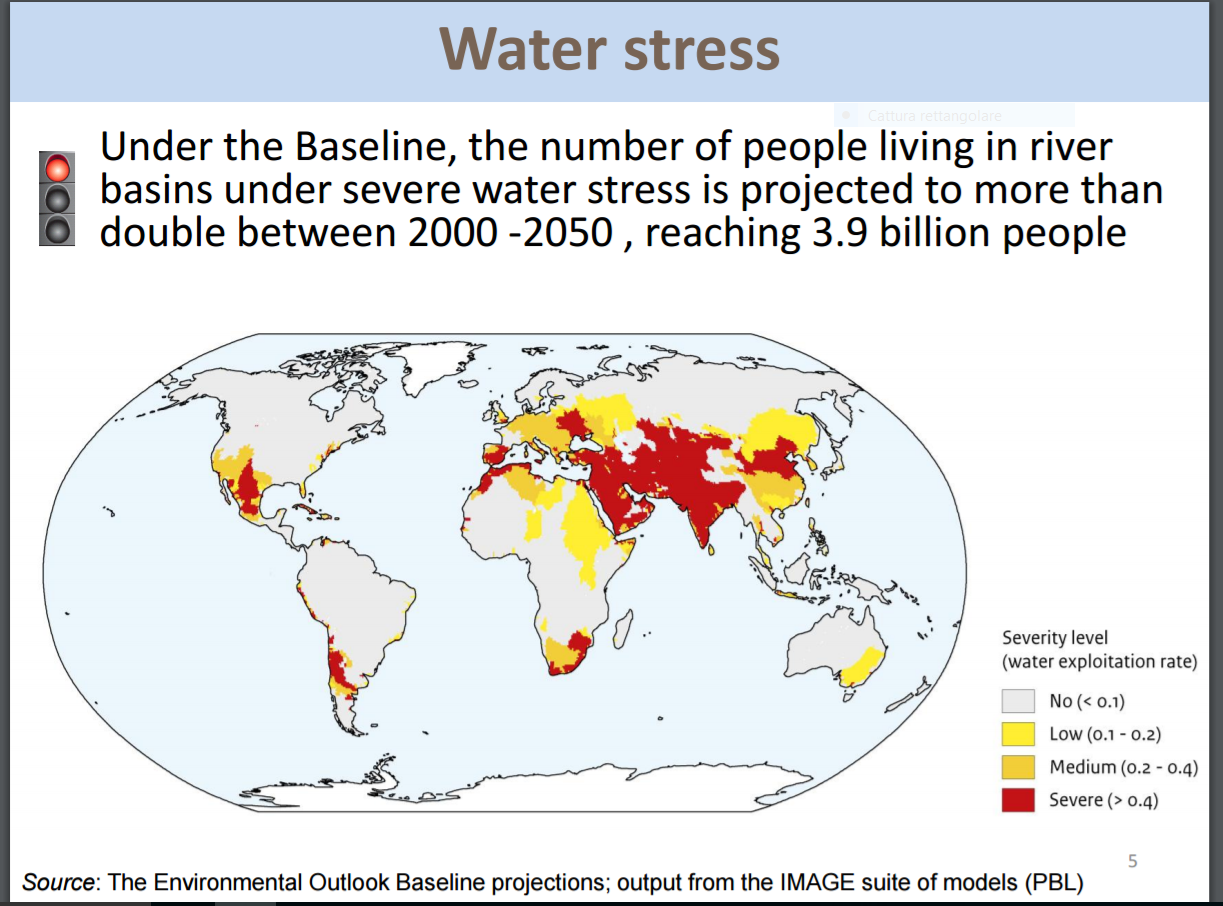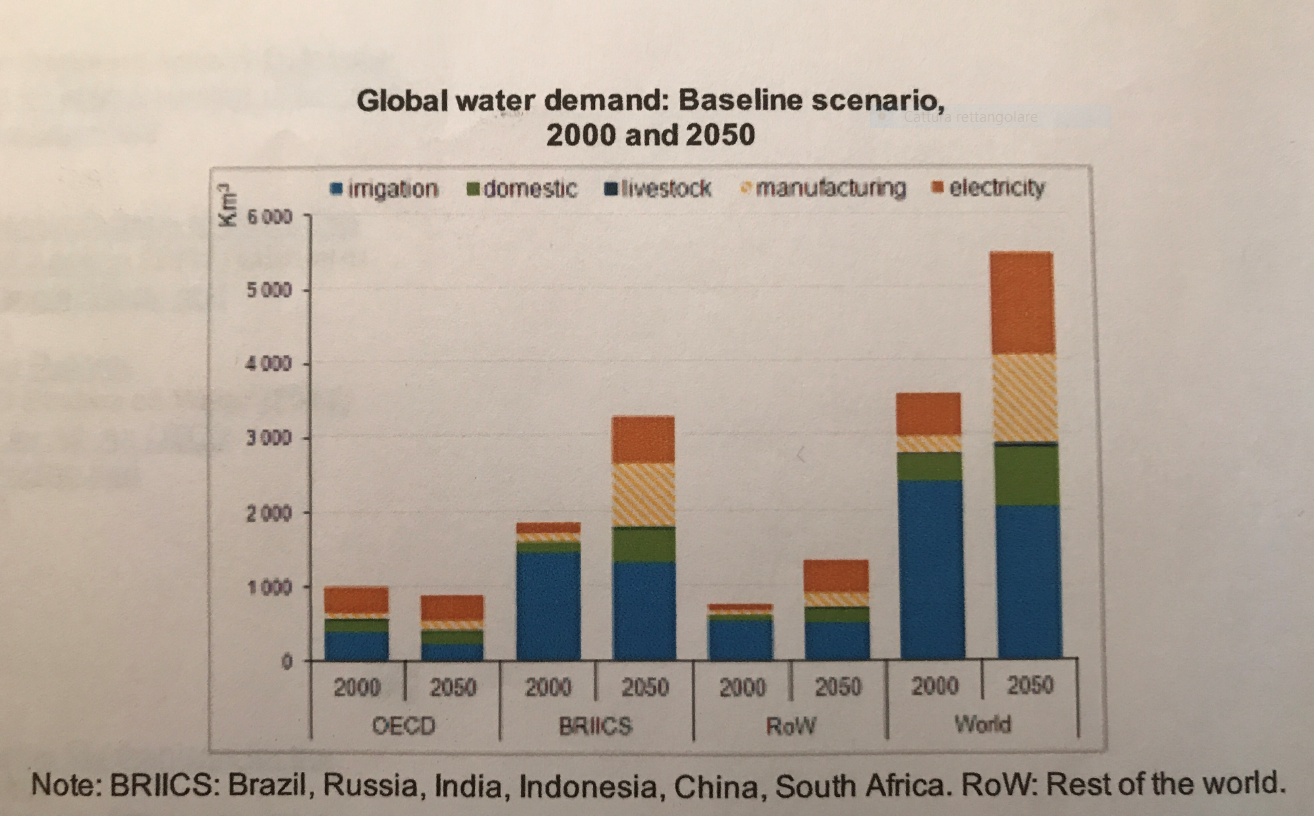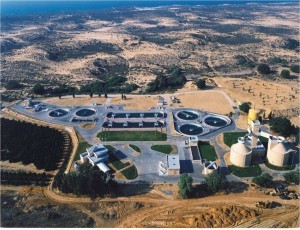
WATER CRISIS AND WATER STRATEGIC ACTION
The water crisis in the 21st century, according to some specialists, is much more related to management than to a real crisis of scarcity and stress. Nevertheless, according to other specialists, it is the result of a set of environmental problems aggravated by economic and social development problems. In 2006 a publication of Dr. Somlyody – Budapest University of Technology and Economics Department Budapest, Hungary and Dr. Varis – AAlto University Finland, maintain that the deepening and complexity of the water crisis are due to real problems of availability and increased demand, and to a sectoral management process that responds to problems without a systematic approach that tries to foresee them. Other publication in 2008 of Dr. Josè Galizia Tundisi – Instituto Internacional de Ecologia, em São Carlos Brazil & Dr. Takako Matsumura – Universidade Federal de São Carlos Brazil , talks about accentuate the need for a systematic, integrated and predictive approach to water management at a level decentralized to the river basin. According to these authors, a consolidated data base transformed into a management tool can be one of the most effective forms of confronting the problem of water scarcity, water stress and deteriorating quality.

Cities, farmers, industries, energy suppliers, and ecosystems are increasingly competing for their daily water needs. Without proper water management, the costs of this situation can be high – not just financially, but also in terms of lost opportunities, compromised health and environmental damage.
According to the OECD (Organization for Economic Co-operation and Development) global water demand is projected to increase by 55% between 2000 and 2050; the increase in demand will come mainly from manufacturing (+400%), electricity (+140%) and domestic use (+130%).

By 2050, over 40% of the global population are likely to be living in river basins under severe water stress.
Governments and Authorities in charge of water management need to act to reverse these trends and to make the water outlook manageable. A number of initiatives have already taken place. A more strategic approach can save cost and accelerate favourable outcomes so Social consequences are best addressed through well-designed tariff structures or targeted measures.
Water policies need to place quantity and quality issues on an equal footing. Wastewater collection (sewerage systems) needs to be systematically coupled with wastewater treatment.
Innovative techniques and business models will be needed, to secure water-related services (including water supply and sanitation), while consuming less water, energy or capital. The private sector will be an important player. Public policies can support the development and diffusion of such innovations, including in developing countries.
Israel, for example, motivated by the need to ensure reliable water resources in light of increasingly limited supplies of fresh water, the country developed innovative ways to conserve, enhance, and reuse its water resources at rates unparalleled anywhere in the world. Especially in sewage recycling, Israel constitutes a unique test case in policy, science, technology and infrastructure for other countries facing water scarcity.
 Ashkelon Water Treatment Facility, Israel. Source: HGM Engineering
Ashkelon Water Treatment Facility, Israel. Source: HGM Engineering
In this country growing demand and successive years of drought have exacerbated ground and surface water scarcity, damaged Israel’s stream and wetland ecological systems, and could eventually affect food security for the burgeoning population.
Today, over 80% of all municipal sewage is reclaimed in Israel, far more than that of any other country including the US which only recycles 2-3% of its municipal waste.
It is estimated that treated wastewater will cover 50% of Israel’s agricultural needs by 2020, and national policy calls for reclaimed effluents to ultimately be 100% utilized by agriculture. Israel’s achievements in wastewater recovery and reuse are so impressive that they were given special mention in the UN World Water Development Report presented in 2009.
Sources :
1) OECD
2) Global Water Forum
3) www.scielo.br : “Water resources in the future”



